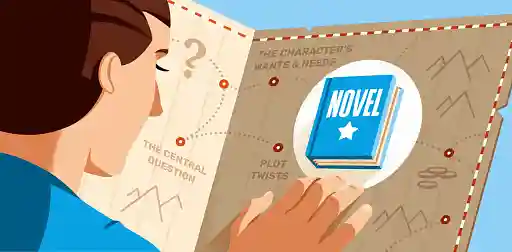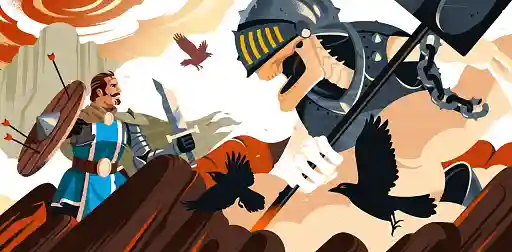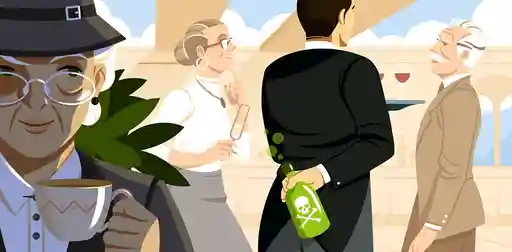Last updated on Feb 11, 2022
Anti-Heroes, Defined: How to Write Them, Plus 5 Examples
An anti-hero is a type of character in literature who lacks the qualities of a traditional hero, like morality or a clear interest in rules. Anti-heroes are not the villains of the story because there are reasons to cheer for them, despite their complex motivations and questionable actions.
There’s something comforting about a protagonist who always does the right thing for the right reasons, like Superman. But there’s something compelling about a morally ambivalent protagonist who sometimes does the right thing, and only sometimes for the right reasons — like Tyrion Lannister from Game of Thrones.
Let’s dig a little deeper into exactly what an anti-hero is, and why they’ve become so prevalent in stories.
How is an anti-hero different from an anti-villain?
While the two types of characters can be easily confused, the difference boils down to this:
The anti-hero (or AH) does the right thing, but maybe not for the right reasons — and they lack a lot of the characteristics we’ve come to expect of traditional heroes.
The anti-villain (or AV) does the wrong thing, but their motives are often noble — or, at least, sympathetic. Anti-villains typically have some characteristics we don’t commonly associate with “bad guys.”
At the end of the day, if you’re not quite sure whether a character is an anti-hero or an anti-villain, ask yourself this: who does the story ask readers to root for? If that character is morally grey, they’re likely the anti-hero. The morally grey character who opposes them is probably the anti-villain.
Click here to check out our post full of anti-villain examples.
How is an anti-hero different from a villain-protagonist?
Few books have been successfully written from the perspective of a completely irredeemable, morally reprehensible main character. Readers want to be able to root for the protagonist at least a little bit. Exceptions include Humbert Humbert from Lolita, Patrick Bateman from American Psycho, and Tom Ripley from The Talented Mr. Ripley. By the end of these books, you’re likely waiting on tenterhooks for the protagonist to be brought to justice.
These characters are classified as “Villain Protagonists.” They’re different from antiheroes because the author purposefully avoids giving readers a reason to cheer for them. Antiheroes are morally grey characters we’re still encouraged to root for. But a villain protagonist is a “bad guy”— who happens to be the main character in the story.
To learn how to give your heroes and villains every shade of gray under the sun, sign up for our free character course:

FREE COURSE
How to Develop Characters
In 10 days, learn to develop complex characters readers will love.
5 Types of Anti-Heroes
Not all antiheroes are created equally. In fact, there's a sliding scale of these morally ambiguous protagonists. Unsurprisingly, the first type is…
1. The Classic Anti-Hero
Fictional heroes are typically described using postive words such as confident, brave, and strong. The Classic Anti-Hero is the inverse of these things: self-doubting, fearful, anxious, and lacking in combat skills. In general, the character arc of this AH follows them overcoming their “weaknesses” to vanquish the enemy.
This type of AH is not necessarily on the greyscale of morality, they simply defy readers’ preconceived notions of heroism.
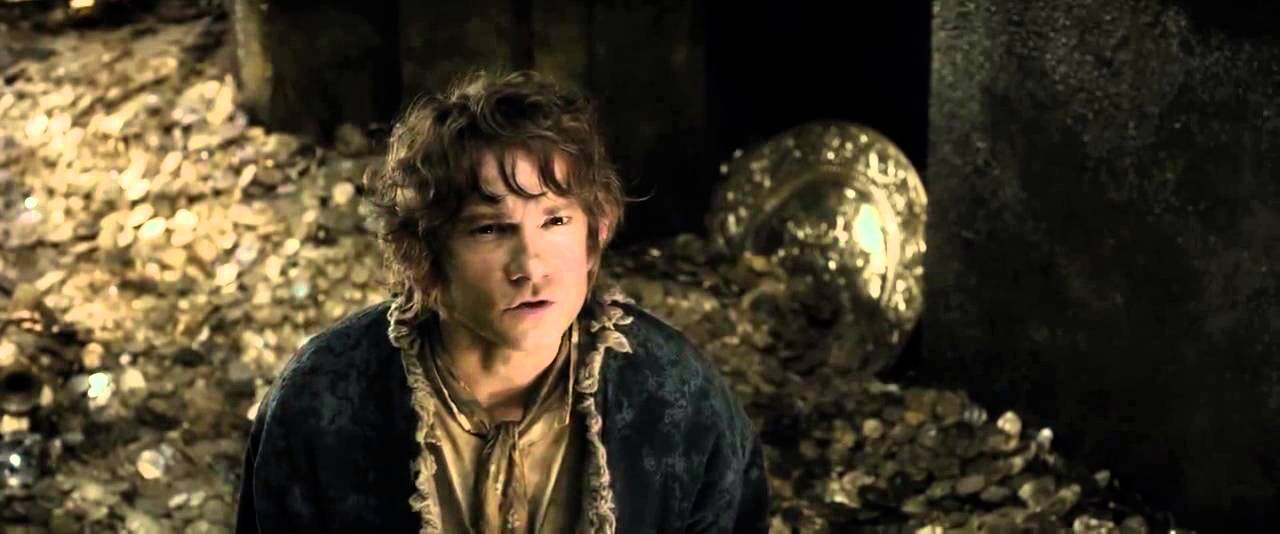
EXAMPLE: Bilbo Baggins from The Hobbit
“Anti” — Bilbo is almost fifty years old, hates adventures, loves his hole in the ground full of creature comfort; he’s really just an “average Joe.” When he is offered the job of “burglar” by a party of dwarves on a mission to reclaim their stolen treasure from the dragon Smaug, he politely declines, thinking they couldn’t have approached a more ill-suited person.
“Hero” — We all know how this infamous hero’s journey turns out. Bilbo joins the dwarves and, while he gets off to a bumpy start (he forgets his HANDKERCHIEF!), the arduous journey allows him to discover his inner courage. From taking down trolls to stealing precious stones from dragons, the hobbit leaves the story more self-assured than he entered it.
2. The Knight in Sour Armor
In terms of morality, this hero is pretty good. They know right from wrong, but are typically very cynical and don’t feel that they can make a difference in the grand scheme of things. Otherwise known as a “reluctant hero,” they don’t feel any urgency to join the fight against the villain and are really more concerned with doing their own thing.
The Knight in Sour Armor will eventually join the fight, but only when they feel they personally have something at stake in the outcome.

EXAMPLE: Han Solo in A New Hope
“Anti” — At the start of the Star Wars franchise, Han is a mercenary primarily motivated by personal wealth. He only agrees to help free the captive Princess Leia because Luke Skywalker promises him a huge reward. Thinking the Rebel Alliance is doomed, Han refuses to stay and help in the fight against the Death Star.
“Hero” — After leaving, Han has a change of heart and returns during the climactic Battle of Yavin, just in time to make Darth Vader say “could you not?” His return ultimately allows Luke to safely destroy the Death Star.
3. The Pragmatic Anti-Hero
Now we’re starting to wade a little deeper into the grey area. In a nutshell, the Pragmatic Anti-Hero is a slightly darker version of the Knight in Sour Armor. They’re both self-centered to a degree and reluctant to accept the role of hero. But while the Knight in Sour Armor is typically slow to step into battle, the Pragmatic Anti-Hero is more ready to spring into action if they observe wrongdoings. The key difference is that the Pragmatic AH is also willing to do some not-so-good things in order to achieve their goals.
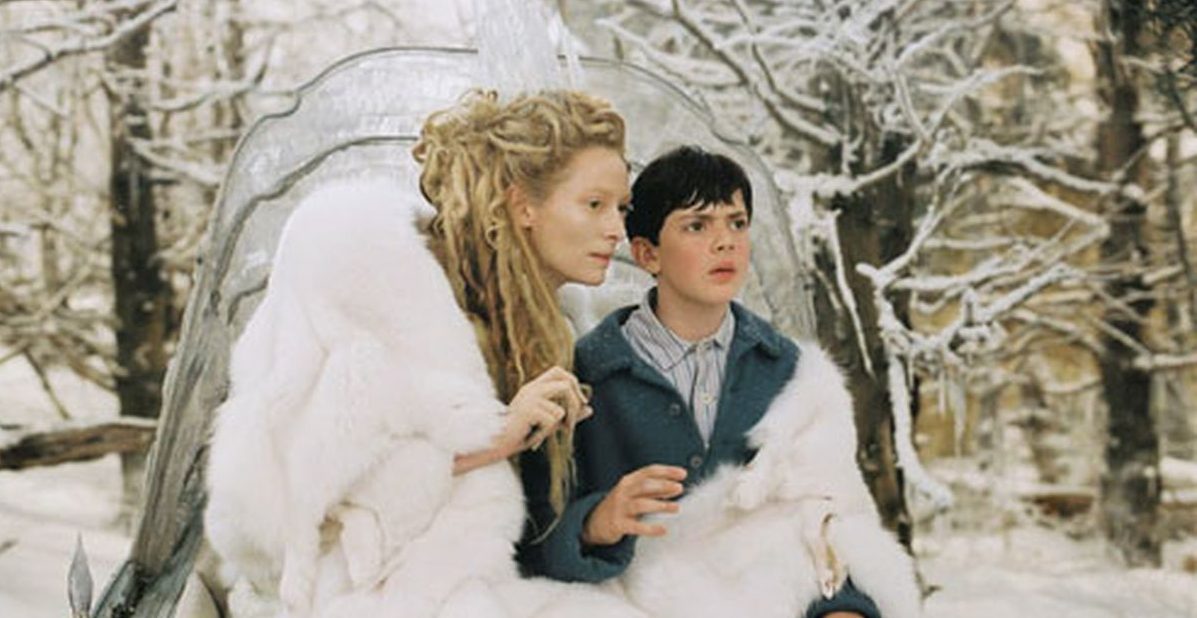
EXAMPLE: Edmund Pevensie from The Chronicles of Narnia
“Anti” — Each of the Pevensie children receives a name in Narnia, and Edmund’s is “Edmund the Just.” This is fitting, as Edmund is extremely pragmatic and believes people get what they deserve. In this way, he can be unsympathetic and unwilling to show mercy. For instance, when his older brother “Peter the Great” battles the antagonist Miraz, Peter aims to disarm Miraz but not to harm him. Edmund, on the other hand, encourages Peter to kill Miraz and be done with it. Edmund also displays a need to prove himself and to come out from under his brother’s shadow — qualities that stray from a traditional hero.
“Hero” — Edmund behaves selfishly and even betrays his siblings. But, he is young and still maturing. When push comes to shove and he realizes his siblings are under threat, he ultimately steps up to the plate and helps defeat the White Witch — and commits further heroic acts throughout the series.
4. The Unscrupulous Anti-Hero
Intentions and motives are still good here, but we’ve waded into some seriously murky waters in terms of actions. The Unscrupulous AH is extremely cynical, and their drive to do good is often skewed by past traumas and a thirst for vengeance. They generally take down a despicable villain — someone who “had it coming.” But, instead of bringing this person to justice with as little blood on their hands as possible, the Unscrupulous AH can become vicious, sometimes even enjoying the acts of violence they’ve deemed “necessary.”
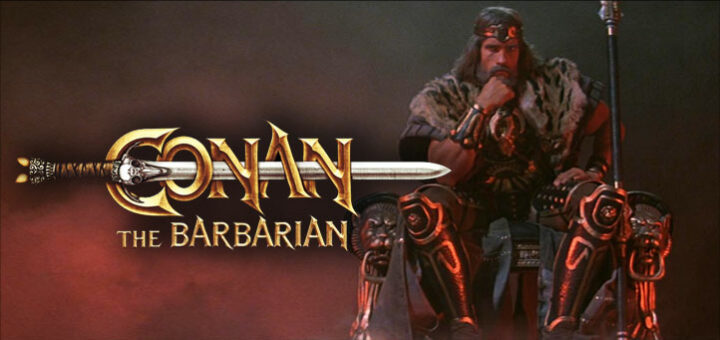
EXAMPLE: Conan the Barbarian
“Anti” — Conan has no qualms about resorting to violence or petty crime: theft, assassination, mercenary work, piracy — it’s all in a day’s work. A fun day’s work, that is.
“Hero” — Conan often partakes in the above activities in his quest for power, riches, or just survival. However, his questionable deeds often lead to him achieving a number of heroic feats. If he feels someone has been treated poorly (especially if societal conventions as unfairly weighted against them), he will seek out justice without question or pay.
5. The Hero in Name Only
While this AH fights on the good side, their motives and values are definitely not good. They might be amoral or downright sinister, only redeemable by the fact that they’re not as bad as the villain. Just like the “Villain in Name Only” could be classified as the hero if only the story in question was told from their point of view, the Hero in Name Only could be considered the villain if the story was not told from their point of view.
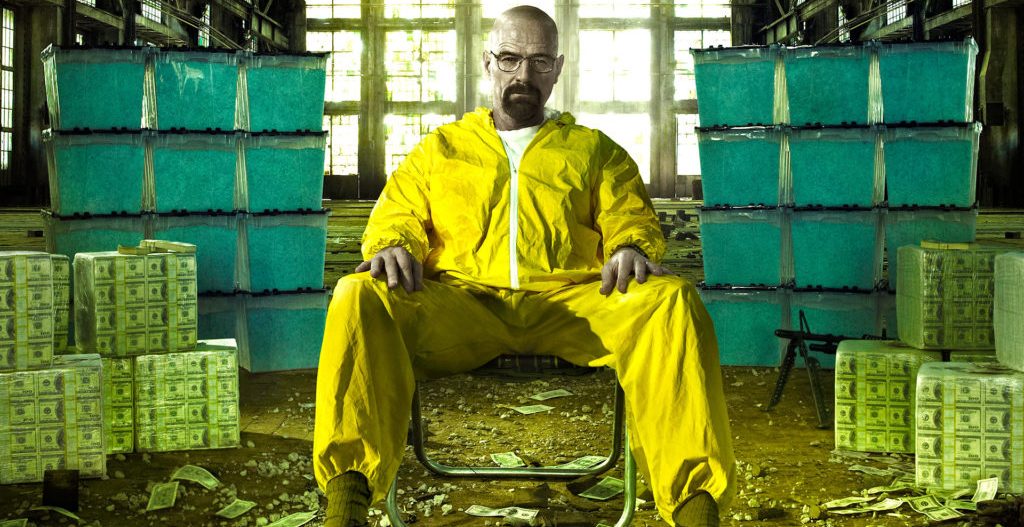
EXAMPLE: Walter White from Breaking Bad
“Anti” — For most of the series, the terminally ill Walter tells himself that his criminal activity is only to provide for his family. While this may be true at the start, the bigger motivation behind Walter’s decidedly wrongdoings is his need to rebel against his own mortality. With death looming, his moral boundaries shatter as the lines increasingly blur between “Walter” and “Heisenberg” — his secret, meth-dealing identity. He murders people, chokes a child, and simply watches as his business partner’s girlfriend chokes to death. If Breaking Bad had been told from the viewpoint of Hank or Skylar, you could certainly see Walter as the antagonist of the series.
“Hero” — While viewers watch Walter’s moral compass go totally off course, he does start off the show as a good person: a kindly, if unfulfilled, father. His path towards anti-heroism starts with the introduction of his first nemesis: cancer. Cancer is the antagonist of Walter’s life — and viewers can certainly sympathize with him as he goes to great lengths to fend off his disease. Walter goes on to fight a number of other evil antagonists, such as the kingpin Gus Fring.
The above five types of characters present the sliding scale of the anti-hero, and the chances that the anti-hero will reform into a regular, morally good hero diminish significantly as you go up the scale
Get to know your characters better with our free character questionnaire:
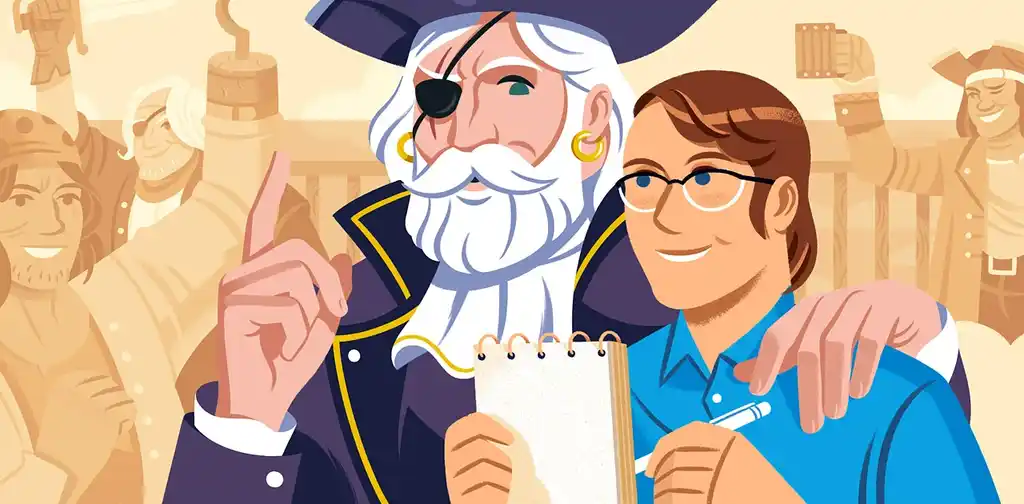
FREE RESOURCE
Reedsy’s Character Questionnaire
40 questions to help you develop memorable characters.
Anti-Hero Examples
We’ll wrap up this post with a couple more examples of questionably scrupulous protagonists.
Example #1: Annalise Keating from How to Get Away with Murder
"Speak of the devil and she shall appear."
“Anti” — Annalise Keating is a law professor at a prestigious Philadelphia university who drips seductiveness and arrogance, with just the right amount of like-ability thrown in. These attributes make her similar to fellow anti-hero Don Draper. Annalise has no problem manipulating others to get her way and commits cruel, self-serving deeds without a second thought.
“Hero” — Annalise is the type of morally grey main character that many viewers love to watch, but sometimes struggle to like. While she does a lot of things viewers fundamentally oppose, she has also lived through a number of traumas that inform her crooked actions (hello, Unscrupulous Anti-Hero!). Ultimately, she fights on behalf of the innocent and bounces around the top 4 positions of the anti-heroes sliding scale.
Example #2: Sherlock Holmes
"Heroes don't exist and if they did I wouldn't be one of them."
“Anti” — Sherlock is a genius — or “high-functioning sociopath,” as he’s presented in the BBC modernization — and he gets bored easily. Solving crimes gives him something to do with his superior intellect. While Holmes might appreciate the fact that his work allows justice to be served, he’s largely motivated by the novelty and challenge of cracking cases.
“Hero” — At the end of the day, Sherlock helps fight crime. Whether or not he’s doing it for selfless reasons, he has still dedicated his life to stopping criminals, and he does this using noble means. Different depictions of Sherlock also portray his sympathetic side to varying degrees — some allowing audiences to glimpse emotional connections between Sherlock and the crime he solves.
Example #3: Michael Scott from The Office
"No, I'm not going to tell them about the downsizing. If a patient has cancer, you don't tell them.
“Anti” — Michael makes the lives of his employees at Dunder-Mifflin paper company very hard sometimes. He’s constantly distracting them with his need for attention and validation, and he ends up making some very questionable decisions that can harm others in his need to come across as a hero — you could even classify his need to be liked as a tragic hero's fatal flaw. Oh, and let’s not forget about the way he treats poor Toby.
“Hero” — While Michael can be incredibly selfish, unaware of how his decisions negatively affect his coworkers, and downright rude, he has a good heart and loves (most of) the people who work for him. In the face of major downsizing, he fights for his branch and the job security of the people who work there. Michael has shining moments of kindness (such as the bird funeral), and viewers root for him — and pray for his continuing self-improvement.
Example #4: Veronica Sawyer from Heathers
"Heather, my love, there's a new sheriff in town."
“Anti” — While the rebellious new kid, J.D., might be the person who starts Veronica down the path of killing her classmates, she doth not protest enough to avoid eventually pulling the trigger herself.
“Hero” — While Veronica does murder a student, she’s portrayed for the most part as an impressionable and bullied teenage girl who gets carried along by the sinister doings of J.D. Still, for much of the movie, she can definitely be considered a Hero in Name Only, as she’s absolutely complicit in the homicides. At the end, we see a glimmer of humanity when Veronica stops J.D. from bombing his school and reunites with her social outcast friend, Martha.
Example #5: Tony Soprano from The Sopranos
“A wrong decision is better than indecision.”
“Anti” — A number of things put the “anti” in Tony’s label as “anti-hero”: murderer, thief, con artist, extortionist, to name a few. He is the capo di tutti capi (the “boss of all bosses”) in the crime world.
“Hero” — Apart from being the protagonist of the TV series, things like his unshakeable love for his family, his kindness to his friends, and the occasional pang of guilt or moment of vulnerability let viewers glimpse Tony’s human side. What solidifies his status as an anti-hero, however, is the fact that his enemies are portrayed as being far more evil and sinister than he is.
Free course: Character Development
Create fascinating characters that your readers will love... or love to hate! Get started now.
Olivia Pope from Scandal, V from V for Vendetta, Deadpool, Dexter, Nancy Botwin from Weeds, Arthur Dent from The Hitchhiker's Guide to the Galaxy, Selina Meyer from Veep — once you know what an anti-hero is, there is no shortage of opportunities to spot them.
If you’re looking to write your own controvertible protagonist, check out the following in-depth blog posts aimed at helping authors develop compelling characters.
- How to Create Fan-Favorite Characters in 5 Steps (Click here)
- How to Write a Compelling Character Arc (Click here)
- 12 Character Archetypes Every Writer Must Know (Click here)
- A Guide to Character Profile Creation (Click here)
Did we miss any antiheroes who deserve a mention? Drop their name — or any other thoughts or questions — in the comments below!


